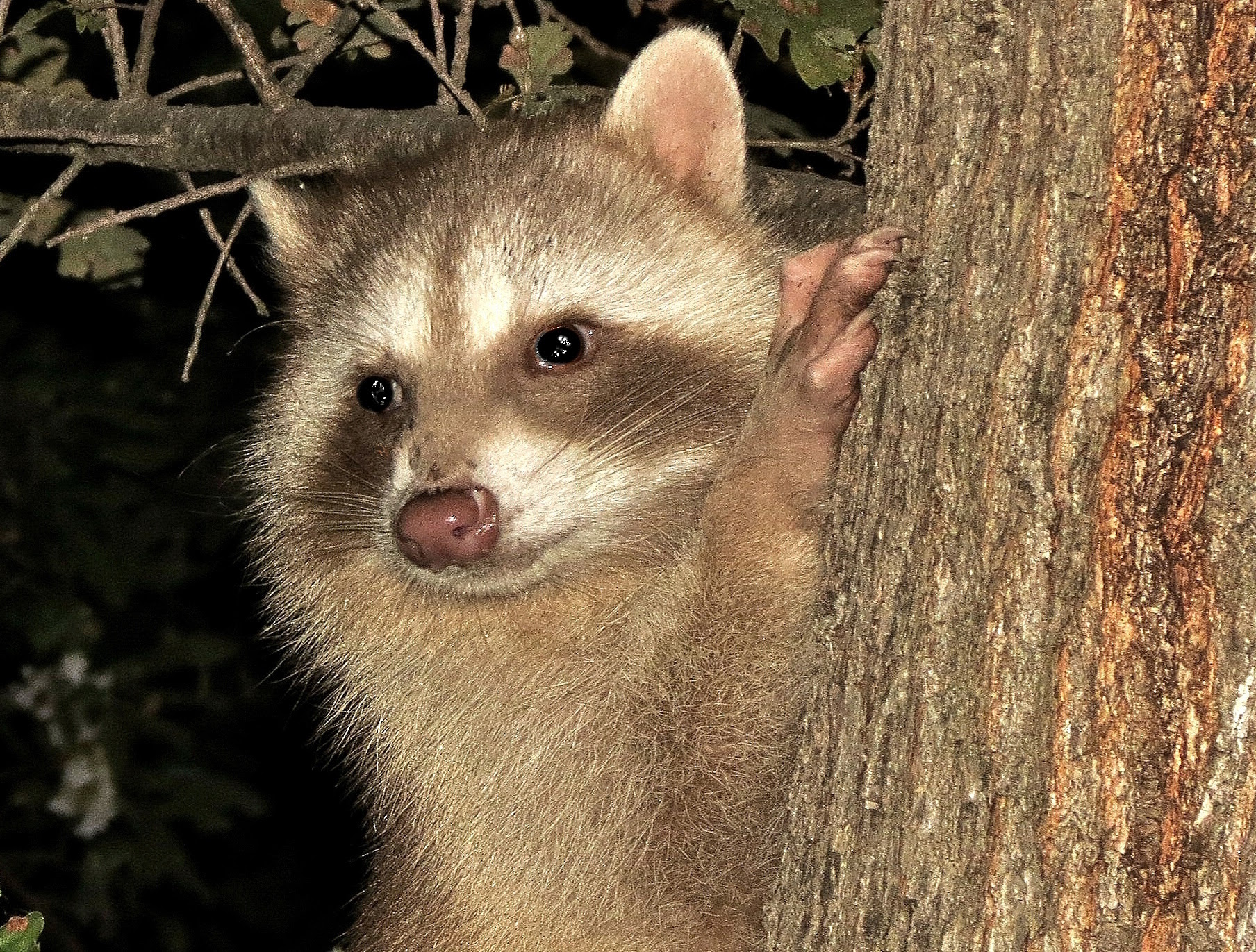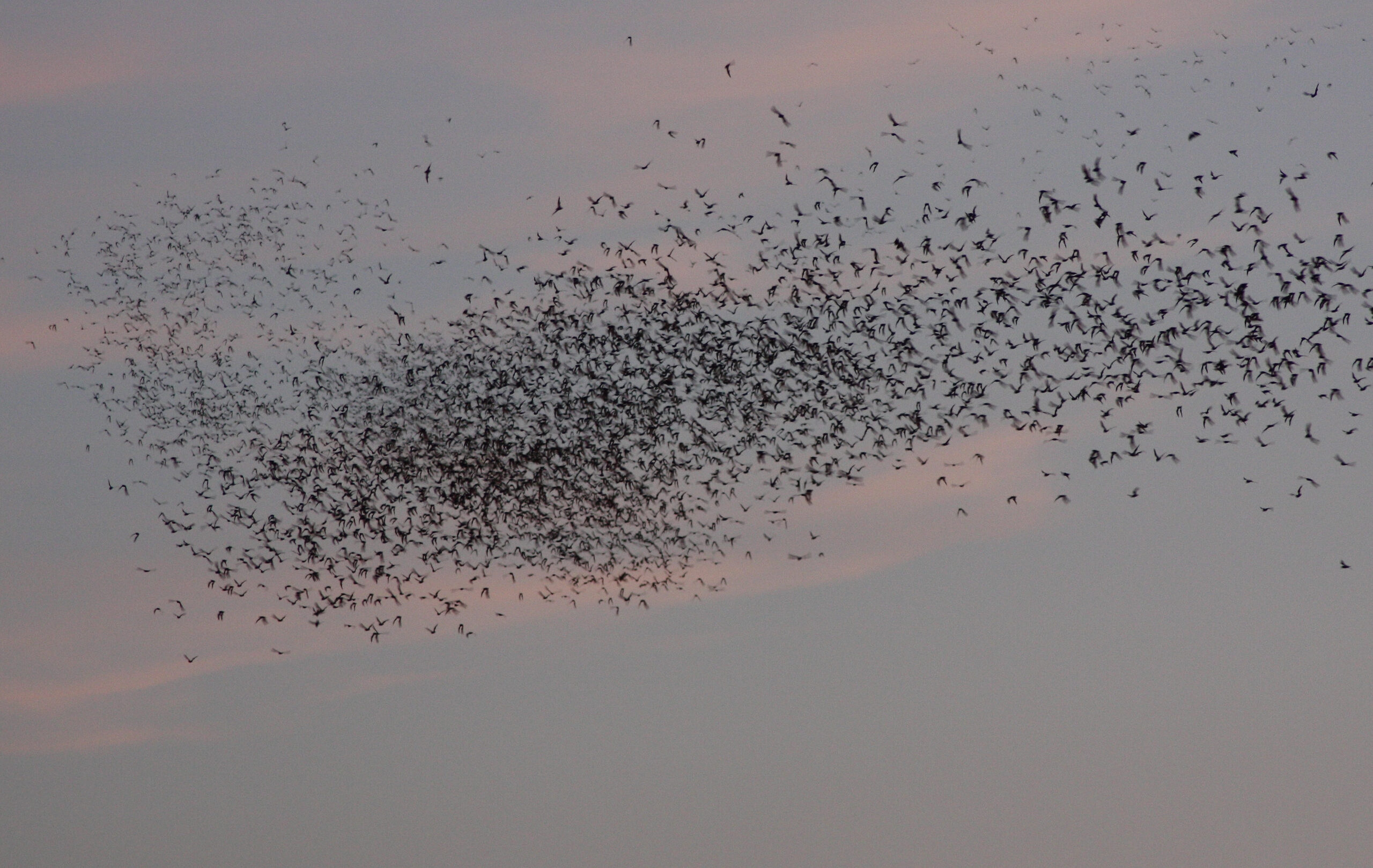| They’re back! What a thrill to look down from the railroad bridge in Winters on the hefty Chinook salmon spawning in Putah Creek. A million thanks to the people and agencies who made it possible. The journey these fish make to the ocean and back again, together with all the activity on the spawning grounds, is one of nature’s greatest spectacles. We are fortunate, indeed, to witness the return of the salmon to our area, a truly transformative event for Putah Creek. In 2018, over 30,000 juvenile salmon were counted as they made their way down the creek, through the Yolo Bypass Wildlife Area (YBWA), into the toe drain (a canal on the east side of the YBWA), into the Delta, through the bay, and out into the ocean under the Golden Gate Bridge. There were high expectations that some of these salmon would return to Putah Creek as adults to spawn in the fall of 2021. But nature put up a roadblock. In November 2021, salmon entering Putah Creek were part of a large fish kill. Unusual heavy rains on Oct. 24, 2021, caused huge amounts of aquatic plants and accumulated organic matter to dislodge into the toe drain and lower Putah Creek. When an event like this happens, microorganisms decay the vegetation, an activity that requires a lot of oxygen. This severely depletes dissolved oxygen in the water, causing wildlife, like fish, to asphyxiate. This is the same process that causes dead zones in the ocean near the mouths of rivers that drain major agricultural areas. For example, there is a very large dead zone in the Gulf of Mexico near the mouth of the Mississippi River. The water is rich with nitrogen and phosphorus, triggering massive algal blooms. When the algae die and sink to the bottom of the ocean, microorganisms go about their business of decaying the material. Just like the incident in Putah Creek, decomposition in the ocean requires lots of oxygen, leading to wildlife die-off. In Putah Creek, the massive amount of rotting vegetation caused an acute depletion of oxygen. Even hardy fish like carp and mosquitofish died by asphyxiation. The large, oxygen-needy salmon didn’t have a chance. Over 13 miles of water in the toe drain, both upstream and downstream of the Putah Creek confluence, were affected. Everyone agrees 2021 was a learning event, which can be avoided in the future by well-timed releases, called pulses, of good quality water into Putah Creek. For more details on the incident, see Rabidoux, A., et al. April 24, 2022. California WaterBlog. But there is good news. In the fall of 2022, more than 500 Chinook salmon safely reached the spawning beds of Putah Creek in Winters! In addition to consuming oxygen when they decay, resulting in an inhospitable environment for water life, invasive aquatic plants can have other detrimental effects in a waterway. Dense mats of aquatic vegetation reduce water flows, block sunlight, crowd out native plants, reduce habitat for waterbirds and fish, obstruct boating channels, entrap sediments, and physically clog water intakes. Because they grow in water, aquatic plants are challenging to control or remove. Chemicals can spread quickly, so herbicides may not be appropriate. Below is a brief overview of common aquatic plants that grow above the waterline in the YBWA. All potentially grow in dense mats. Aquatic plants that are totally submerged aren’t included here but they also can be problematic. Common submerged plants in the Bypass and/or Delta include Brazilian waterweed (Egeria densa), coontail (Ceratophyllum demersum), curlyleaf pondweed (Potamogeton crispus), Eurasian watermilfoil (Myriophyllum spicatum), and fanwort (Cabomba caroliniana). |
 Water primrose. There are two species in the Bypass, the creeping water primrose (Ludwigia peploides), and Uruguay water primrose (L. hexapetala). These perennial plants form very dense, impenetrable, floating mats above and below the surface of the water. They are quickly recognized in the Bypass by their large, bright yellow flowers. Upright stems and leaves of L. hexapetala are hairy; the low spreading stems of L. peploides are mostly hairless. These plants are abundant in the sluggish waters of the Bypass. They grow from fragments of easily broken stems. |
 Water hyacinth (Pontederia crassipes) has floating, thick, glossy leaves held above the water by inflated petioles. The lavender flowers are quickly recognized. It is one of the fastest growing plants and is often called one of the world’s worst weeds. It forms impassable, dense mats. Water quality is compromised because dissolved oxygen levels under mats can be significantly reduced. |
 Waterfern (Azolla filiculoides) is a small, free-floating, fast-growing aquatic fern that forms large mats in sluggish waters. Each plant is just a half-inch across. Young plants are gray-green, aging red. It dies back in cold temperatures, surviving by means of submerged buds. Red mats of this plant are a frequent sight in the Bypass. |
 Common duckweed (Lemna minor) is one of the smallest flowering plants in the world. A plant may consist of a single, floating, flat leaf up to a third of an inch long and a single short root. As more leaves grow, the plant divides, eventually forming a dense carpet-like cover on the water. The sticky root adheres to the feathers of ducks and other waterfowl, which spread the plant to other waterways. |
 Parrotfeather (Myriophyllum aquaticum) grows under the water, forming dense mats of tangled stems in slow-moving water. In addition, spikes of stiff feathery leaves (many linear divisions per leaf) grow in whorls up to a foot above the water. It roots in bottom sediments where light can penetrate. |
Water primrose, landscape: Cyndi Monday, inset: Charlie Russell;
Water hyacinth, landscape: Mick Canevari, inset: Charlie Russell;
Waterfern, landscape: Mike Davis, inset: Charlie Russell;
Duckweed: Mike Davis;
Parrotfeather: istockphoto.com




